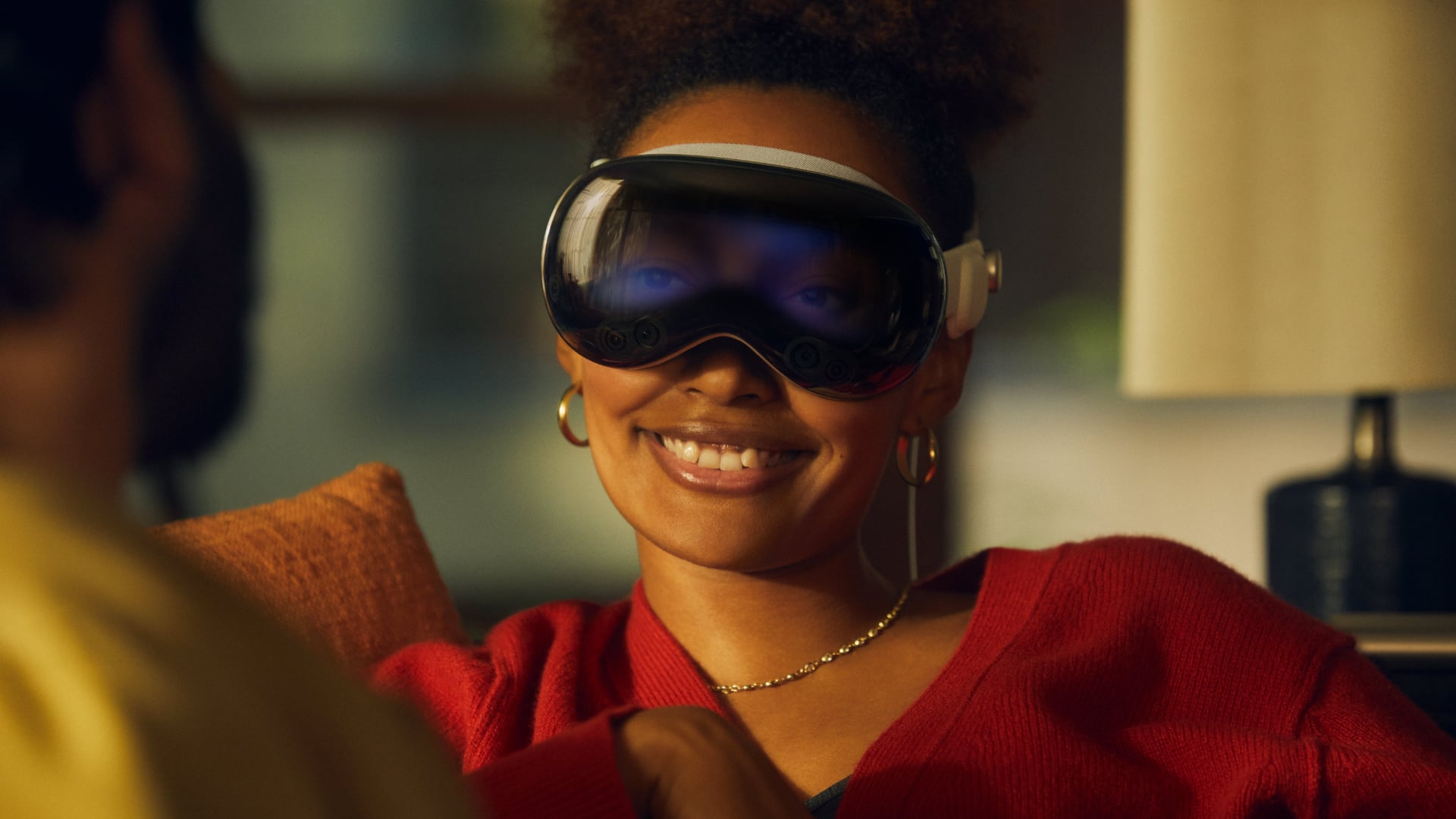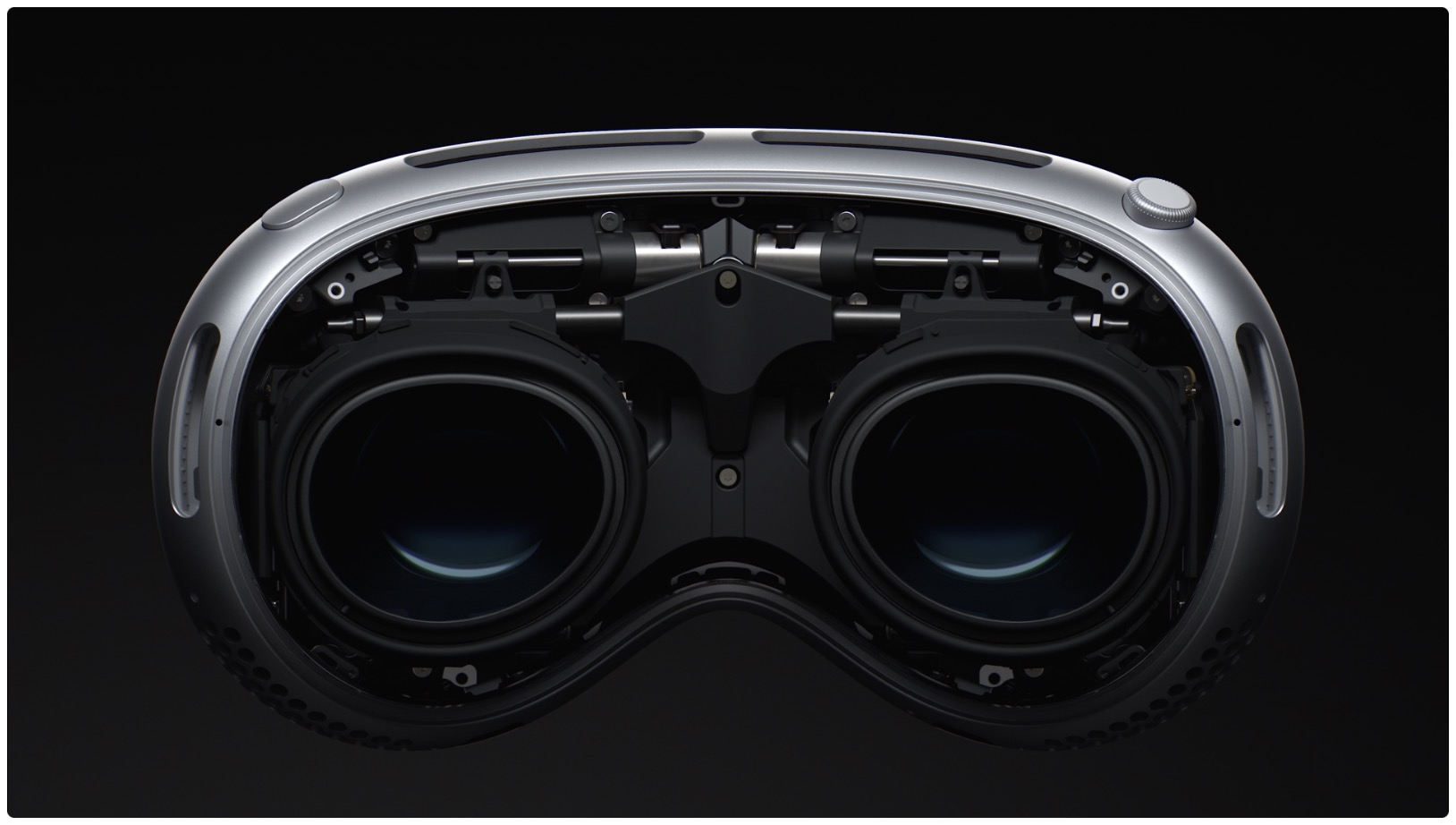Apple has reportedly delayed a cheaper Vision Pro headset as its suppliers are struggling with the complex design of the current $3500 AR/VR headset.

According to a new report, the Cupertino technology giant was forced to slash production targets for the Vision Pro due to manufacturing problems.
Apple originally planned to ship about a million units of its $3500 spatial computer in the first twelve months, but had to revise production targets significantly.
Now Apple plans to ship fewer than 400,000 units in 2024, with two suppliers saying Apple only ordered between 130,000 and 150,000 units in the first year.
Why Apple pushed back a cheaper Vision Pro
Despite delayed plans, a more affordable Vision Pro model is being worked on with Korean suppliers alongside future successors to the Vision Pro. For a cheaper model, however, Apple might need to use micro-LED screens to keep costs down.
Qianer Liu, Patrick McGee and Kana Inagaki in the Financial Times:
Apple is working with Samsung and LG on this second-generation headset. In order to drive the price lower, the iPhone maker has explored using other display technologies, including mini-LED, but two people said Apple was insisting on using micro-OLED even for the non-Pro headset, even though all suppliers had so far failed to match its expectations.
Appel analyst Ming-Chi Kuo first reported that a second generation of the Vision Pro will offer high-end and low-end models by 2025, with the low-end, non-Pro model supposedly using lower-resolution displays to keep costs down.
The EyeSight screen is tricky to manufacture
The report notes:
The complexity of the headset design and difficulties in production are behind the scaling back of targets, while plans for a more affordable version of the device have had to be pushed back, according to multiple people with direct knowledge of the manufacturing process.
In other words, Apple and its contract manufacturers must gather enough experience building such a sophisticated product to scale production. And the only way for assembly workers to become more skillful at their craft is to build headsets.
The report singles out the micro-OLED displays and an outward-facing, curved lenticular lens as the most challenging parts to produce.
“The inward displays offer a resolution exceeding anything currently on the market, while the outward lens projects the headset wearer’s eyes to the outside world,” the article reads. This screen projects the user’s digital eyes (as part of their visionOS Persona) to the outside world to let others know if you’re fully immersed in VR.
Production woes with micro-OLED displays

Apple has reportedly been especially unhappy with the low yields of micro-OLEDs as suppliers wouldn’t boost production, the story has it.
The 4K screens, one per eye, are the most expensive Vision Pro part. Naturally, Apple wants as many displays free of defects as possible.
Sony built micro-OLED screens for the Vision Pro prototypes, but it’s unclear who will supply Apple with micro-OLEDs for commercial versions of the headset. Suppliers are apparently waiting to see how much demand for micro-OLED displays will increase thanks to the Vision Pro before committing to a costly expansion.
20 million units within five years
Jay Goldberg, founder of tech consultancy D/D Advisors:
Someone has to pay for that. I think Apple went into this with a lot of bad yield built into the model. There is a lot of technology in the Vision Pro and they knew it would take a while to scale up. Apple knows they won’t make money on this in the first year.
Canalys estimates Apple has a chance to surpass a user base of 20 million headsets within five years of launch despite manufacturing setbacks.
The Vision Pro costs $3500 and goes on sale early next year.